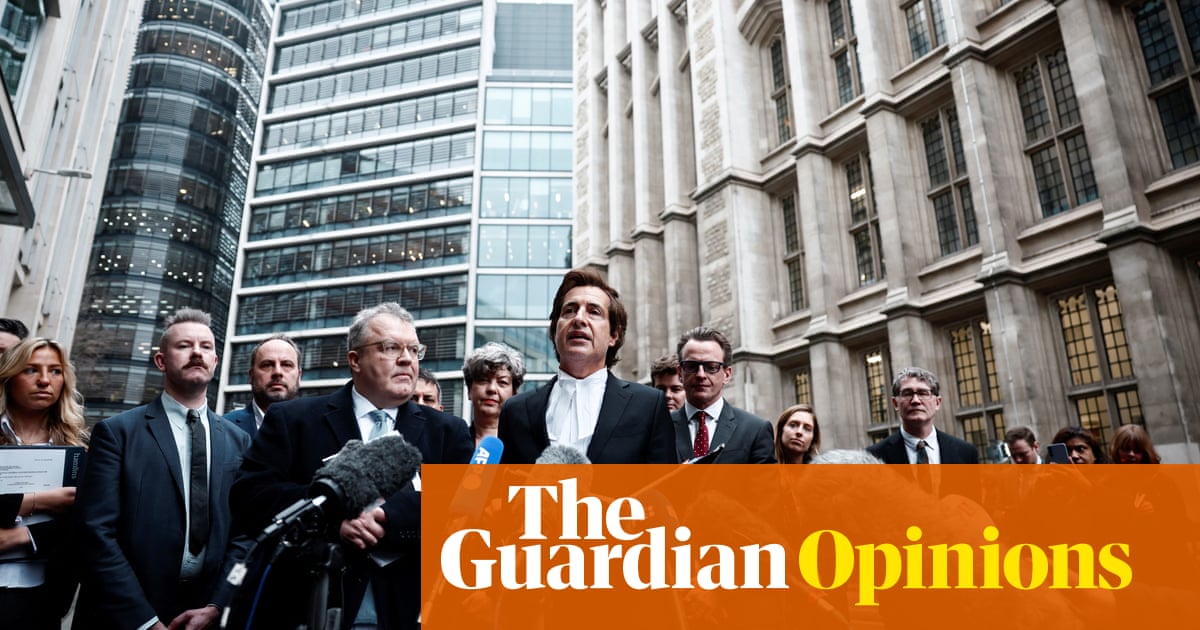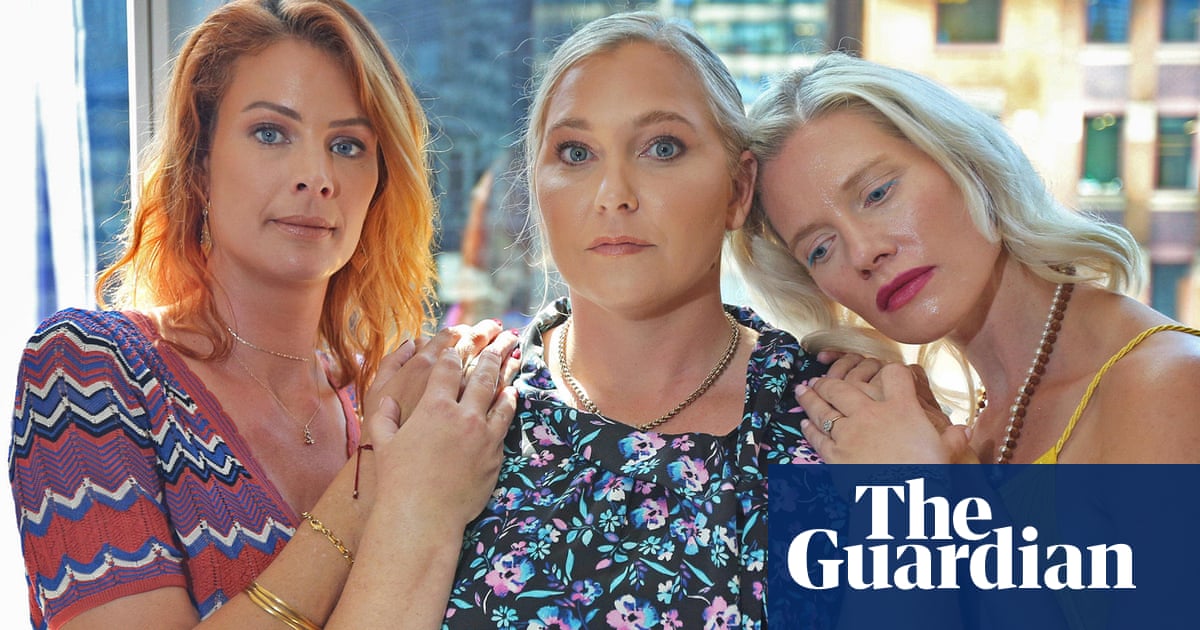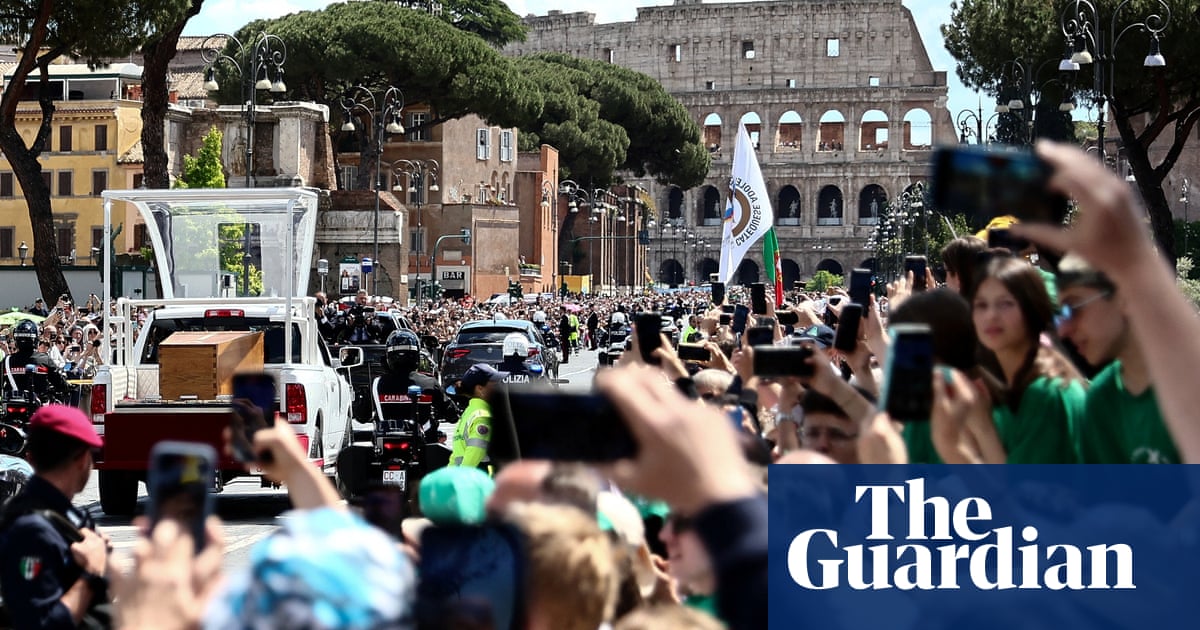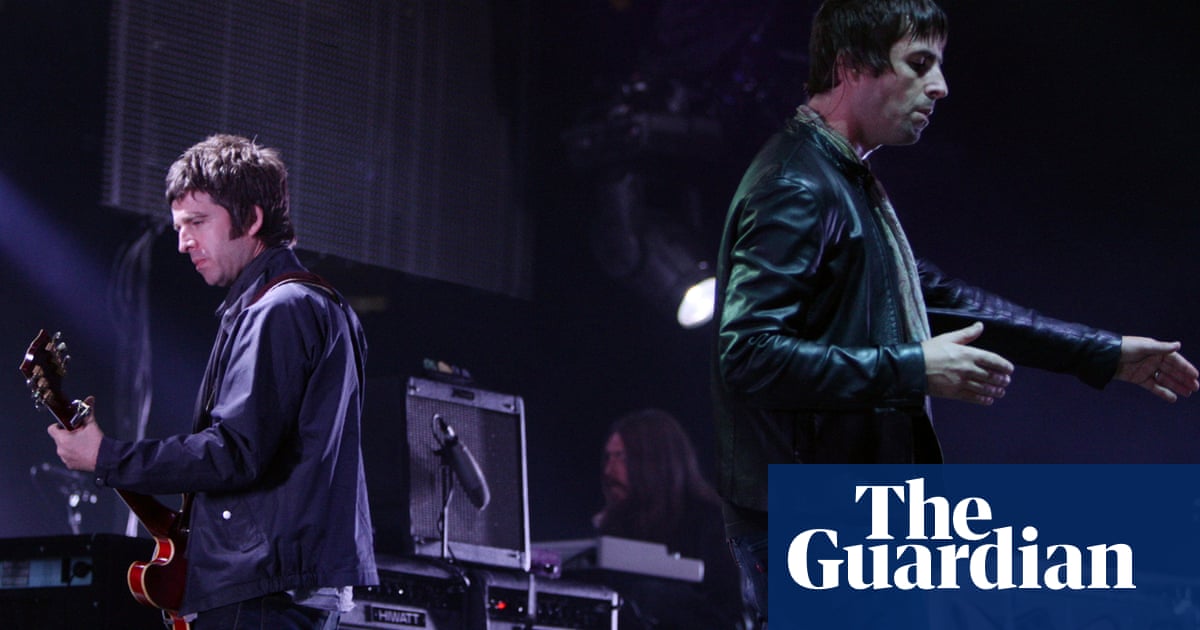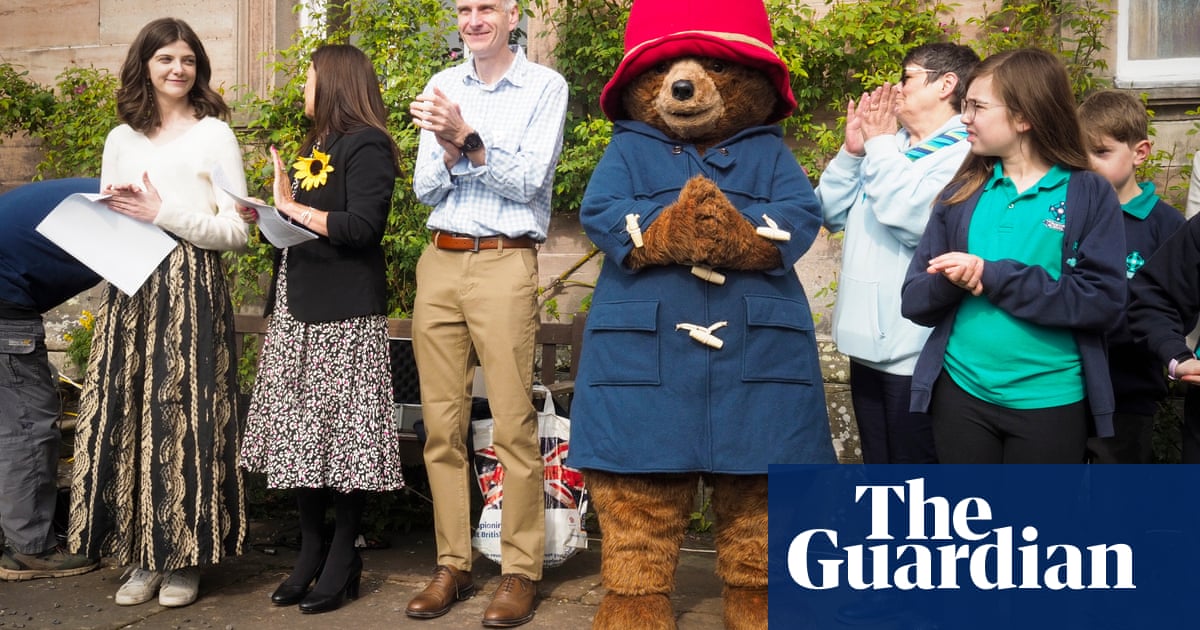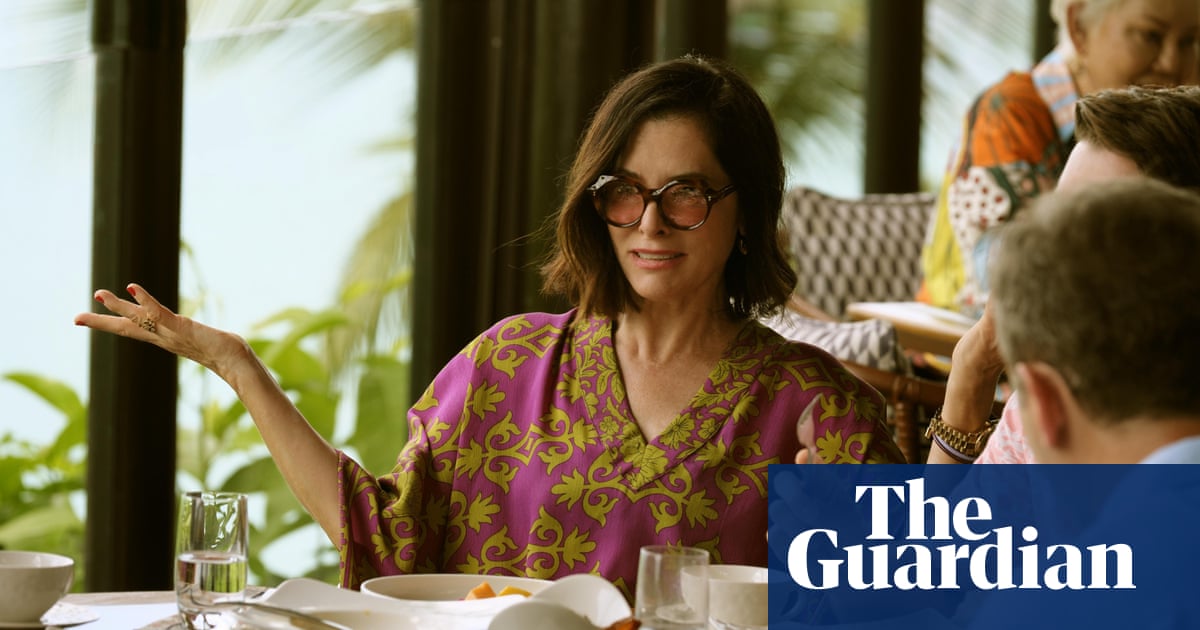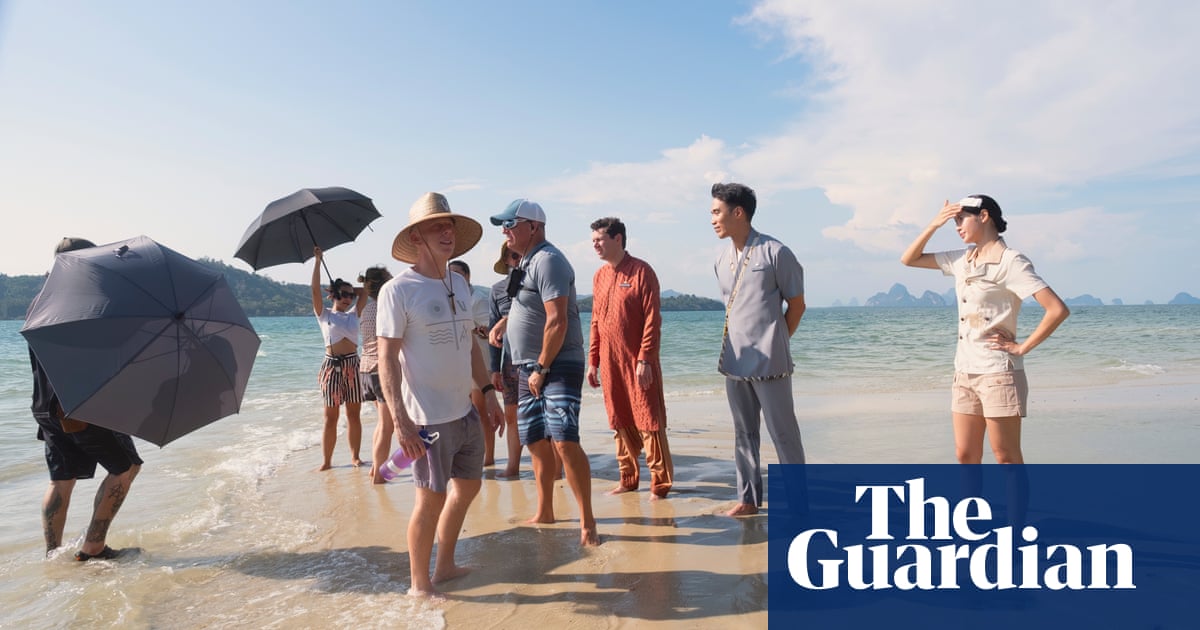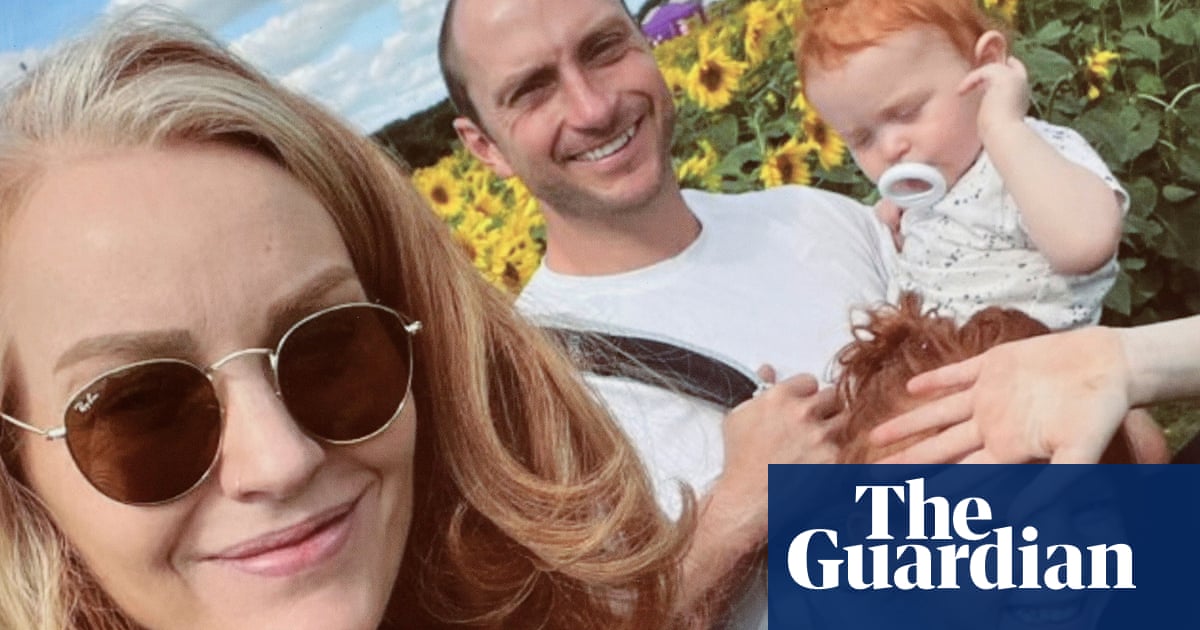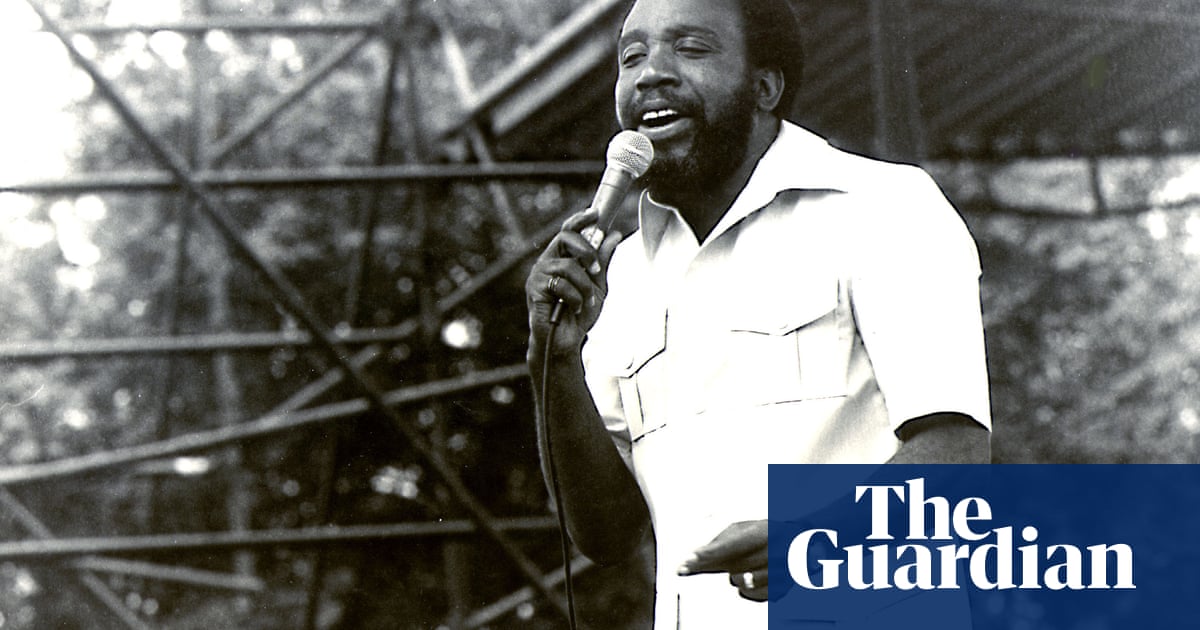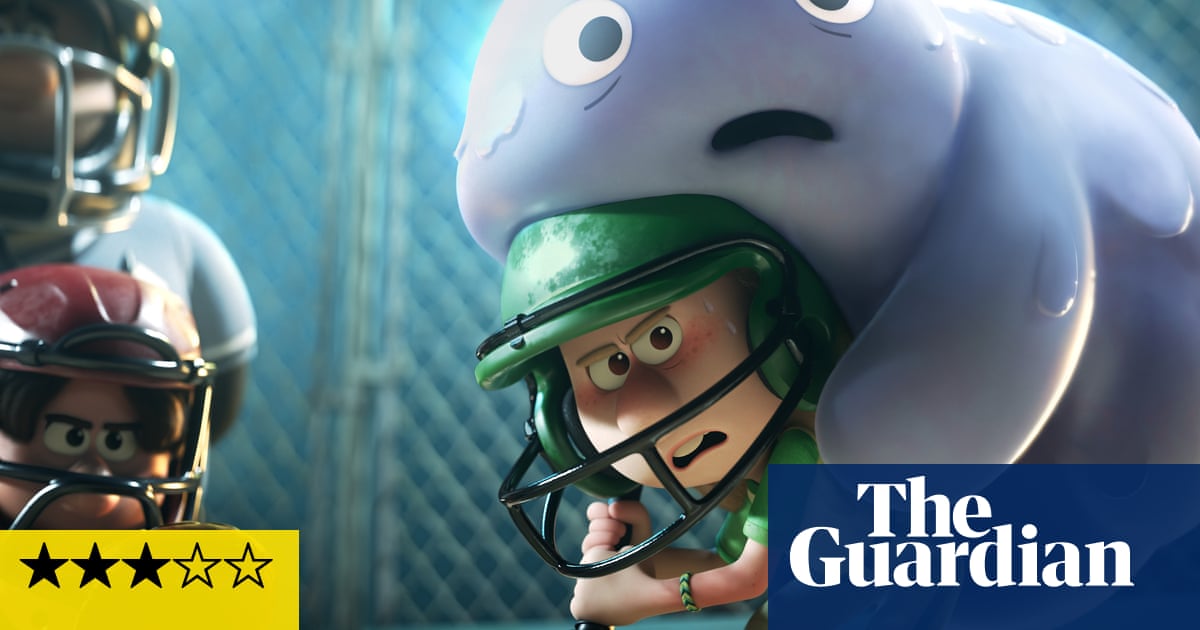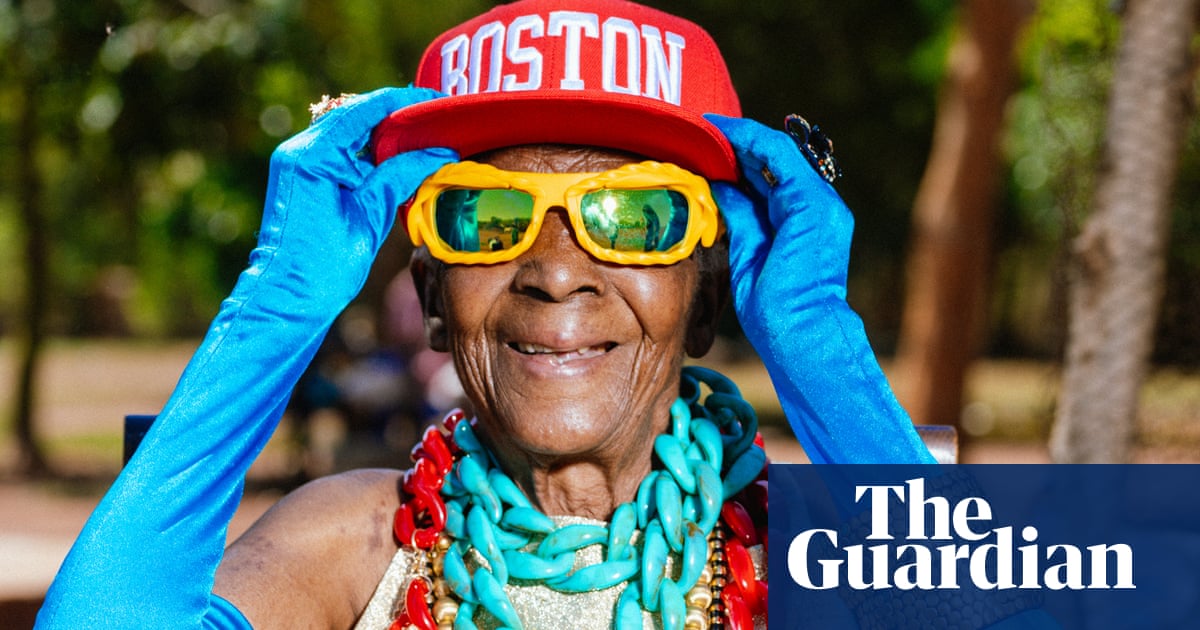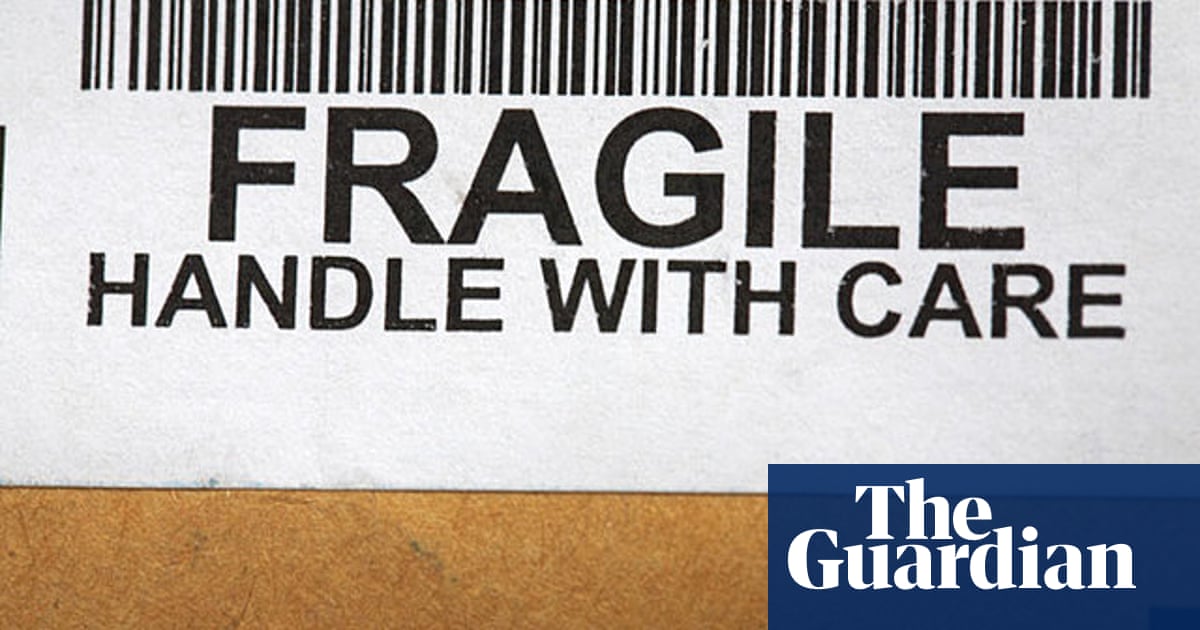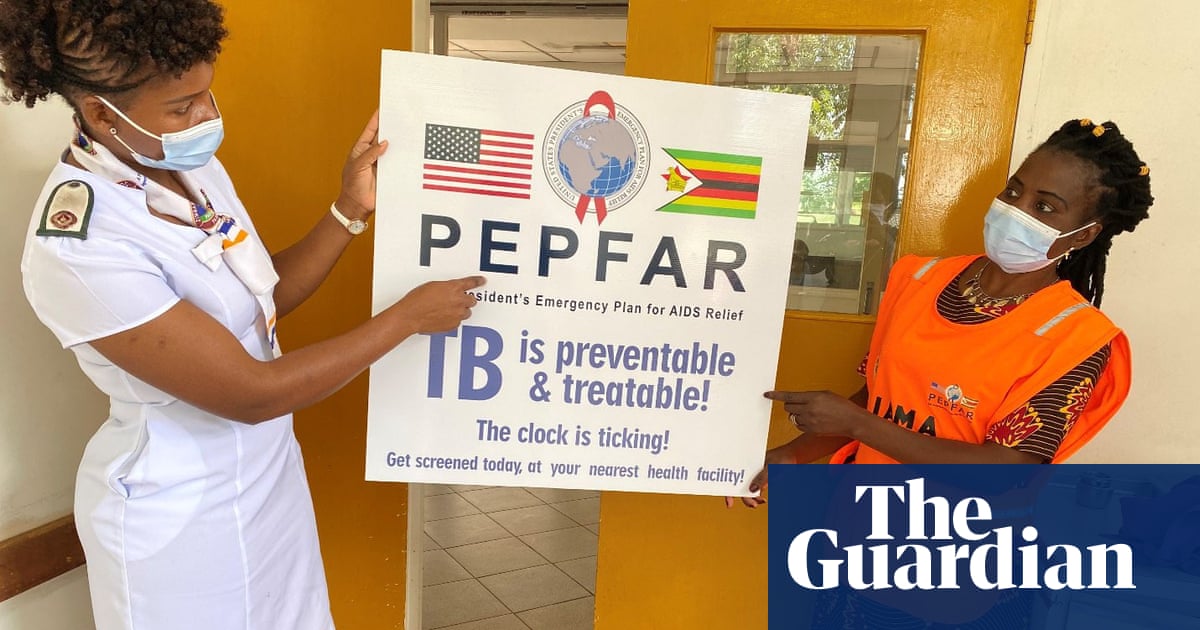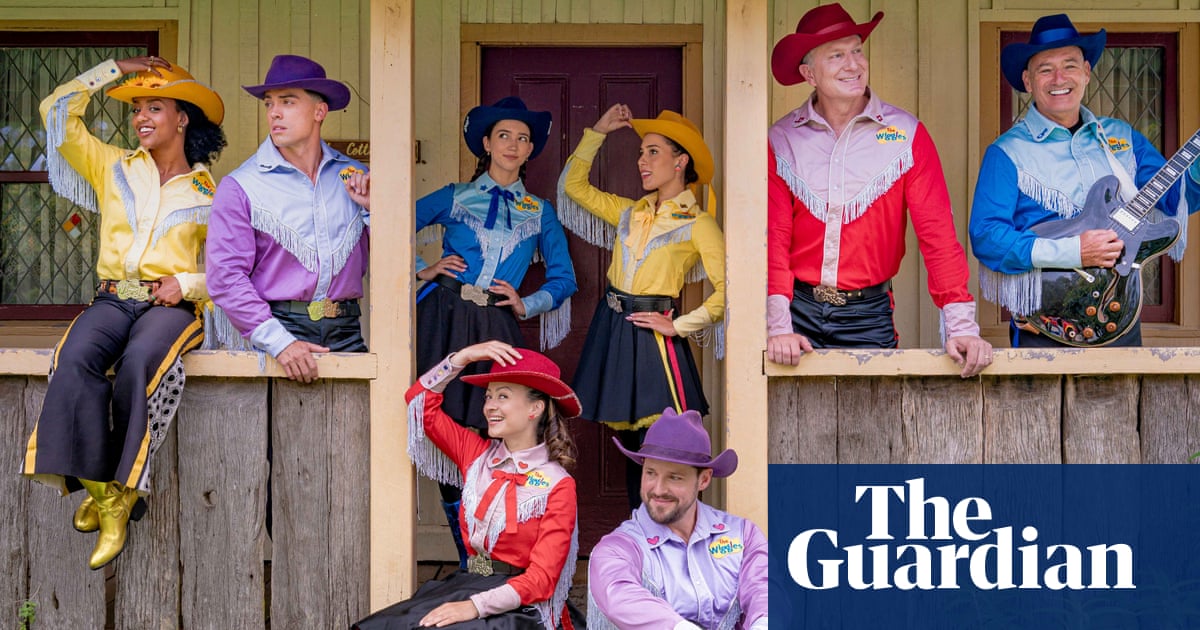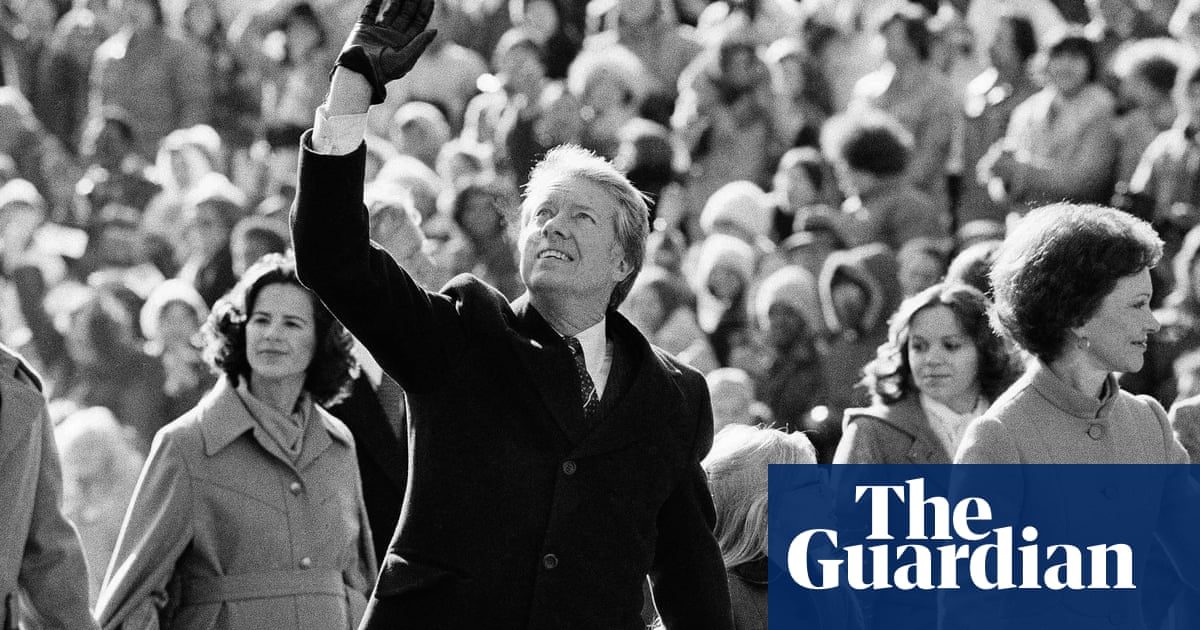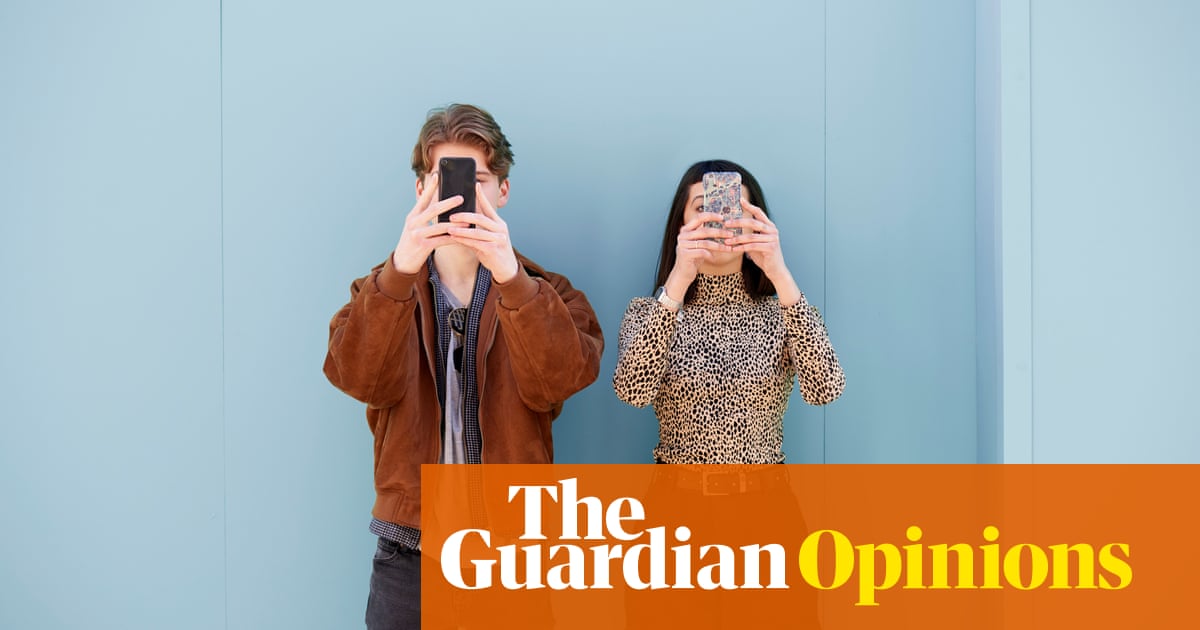The word anthropocene has been proposed to denote an ongoing epoch in which human activity is a primary driving force of geological change. Although the word has caught on like wildfire in a colloquial sense, it was ultimately rejected as a descriptive scientific term, not so much because it was inaccurate but because of disagreements over when exactly it would have started – 1945, marking the unlocking of nuclear power; 1610, which may be the first time human activity affected the amount of carbon dioxide in the atmosphere; 1964, when the so-called Great Acceleration may have begun – or some other date altogether?
These questions point to deeper challenges in understanding just what the Anthropocene is: do we think of it in terms of nuclear fallout, the composition of the atmosphere, the size of the human population, or so many other worthy metrics? Hoping to help us better understand this substantial concept, the Cantor Arts Center’s new exhibition Second Nature: Photography in the Age of the Anthropocene brings together 44 photographic artists from across six continents, offering breathtaking and provocative looks at what humanity has wrought on this earth.
Just how do you wrap your arms around something so multifarious and unwieldy as the Anthropocene? That was the challenge facing curators Jessica May, Marshall N Price, and Maggie Dethloff – the latter shared that early on she did an informal survey of her friends on Instagram to see what they knew about the concept: “They essentially told me that they equated it with ‘humans ruin everything,’” she told me. Dethloff and her colleagues struggled to represent the many tightly knotted, diverse phenomena that combine in exceedingly complex ways for the Anthropocene: “You can’t separate capitalism from resource extraction, can’t separate it from exploitative employment practices, a history of colonialism, the nature of consumerism, the production of waste … all these things that are inseparable that are creating the Anthropocene.”

For Price, another one of the challenging things about curating the show was overcoming just how commonplace images of human devastation of the biosphere have become. “You get inoculated to images of trauma and devastation in ways that make it difficult to take action,” he told me. In curating the show, Price strove to find images that could move audiences as much as the iconic Blue Marble image of the Earth, which transformed the minds of people around the globe in 1972 when it became one of the most widely viewed photos ever taken, and a clarion call for the environmental movement. He wanted things that would really stand out: “We had conversations early on that we did not want the show to be replete with Nat Geo images,” he said.
Images in Second Nature range from awe-inspiring Blue Marble types to much more intimate and human-sized encounters. A good example of the first would be Pablo López Luz’s vertiginous Vista Aérea de la Ciudad de México, XIII, which offers an aerial view of the Mexican capital. The photo is striking for the sharp diagonals that offer a sense of freefall through the sky, as well as for how it makes the rows and rows of dwellings seem to stretch on indefinitely, for countless miles. Few things can rival an airliner approach to Mexico City to convey just how staggeringly large this megacity is, and Luz’s photograph does an admirable job in capturing that sensation.

In the same vein, Lithium Mines #1 by the celebrated landscape photographer Edward Burtynsky offers a gorgeous view of the titular installation high in Chile’s Atacama Desert, a hotspot for extracting the lithium that makes possible so many contemporary technologies (including many “green” ones). Burtynsky’s photo shows an array of enormous evaporation pools, each a slightly different shade of blue, green or yellow, indicating its stage of evaporation. As with so many of Burtynsky’s other works, it makes the extractive practices crucial to human manipulation of the environment look utterly beautiful, putting a viewer into a confusing and useful state of contradiction.
“Out of all the artists, Ed has probably been the most prominent of the Anthropocene photographers,” Price told me. “He’s really documenting human activity on a massive scale. The photo really gets at this notion of a toxic sublime, which felt like an important part of the narrative.”
At the other end of the spectrum would be a photo like the South African Gideon Mendel’s portrait Anchalee Koyama, which shows a Thai woman in Bangkok holding a child in her hands and standing in waist-deep water. It comes from the celebrated photojournalist’s world-spanning series Drowning World: Submerged Portraits, in which he travels to flood zones across multiple continents to photograph everyday people submerged in water to various extents. In isolation, the photo loses some of the impact of the series, which is striking for showing so many people from such different walks of life caught up in the same climate-driven predicament, but even on its own it is quite a testament to the implacability – and humanity – of Anthropocene-driven catastrophe.
According to Price, the interconnected nature of the Anthropocene is a key theme of Second Nature. The exhibition is designed to have multiple points of entry, offering audiences the opportunity to devise their own path through. “We hope a visitor might take away a greater understanding of how interrelated these dynamics are,” he told me. “How things like resource extraction on the other side of the world is something that we are responsible for, even though we may not live there, or even think about it that much.”

Dethloff also stated that it was essential to not leave audiences with a sense of futility. “Throughout there are hints and suggestions of where we can look for ways to move forward,” she said. “There’s the role of technology in creating solutions, schools of thought like feminism, Indigenous knowledge systems, even looking to the Earth itself for models of how to move on from the Anthropocene.”
More than anything else, Second Nature gets across a sense of just how massive and multiple is the thing that we’ve all gotten used to calling the Anthropocene. Taking on a role in the evolution of the globe on a scale to rival massive forces like glaciation, plate tectonics, and sea level change, human activity is now beginning to be seen properly in all its frightening enormity. In the words of Price: “Humanity has been on the Earth for a millisecond, but we’ve had an outsized presence.”
-
Second Nature: Photography in the Age of the Anthropocene is now on show at the Cantor Arts Center in Stanford until 3 August

.png) 1 month ago
19
1 month ago
19




